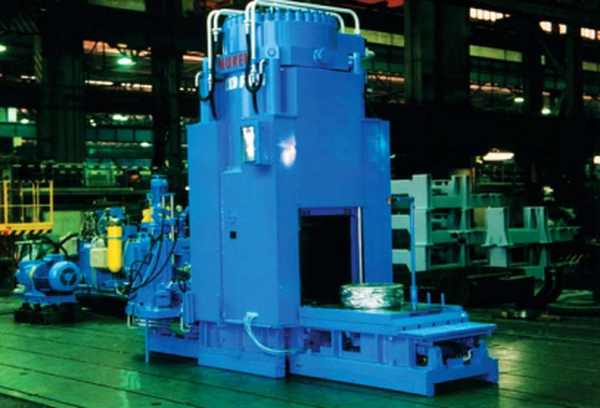Supercompaction
Catalogs:
Overview
Super compaction is a treatment method for reducing the volume of a compressible waste. It is applicable to both low level waste and intermediate level waste where the bulk volume is reduced by application of external pressure that results in an increase in its density. High-force compaction (typically greater than 500 tonnes compaction force) utilises a hydraulic or pneumatic press to compress a drum containing waste into a puck that will then be placed into a larger container such as a 400L/500L drum or a larger container such as a box or ISO container.
The process is applicable to compressible wastes such as paper, filters and general trash like a low force compactor can handle but because of the pressures involved it can also compact elastic materials such as rubber and PVC (Polyvinyl Chloride), as well as metals. It is a technology regularly used for compacting ion-exchange resins and incinerator ash. Although organic waste can be physically compacted, the quantity acceptable will ultimately depend on the waste acceptance criteria of the disposal facility. The puck is unlikely to meet long-term product quality characteristics without further treatment such as encapsulation in cement (macro encapsulation).
It is a common technology used across the world with a proven track record for licensing and operations. For intermediate level waste it is always used in conjunction with other technologies such macro encapsulation to form a more robust final product.
- Compaction
- Sellafield
- Hanford
- Idaho
Developed by
NUKEM Technologies GmbH
